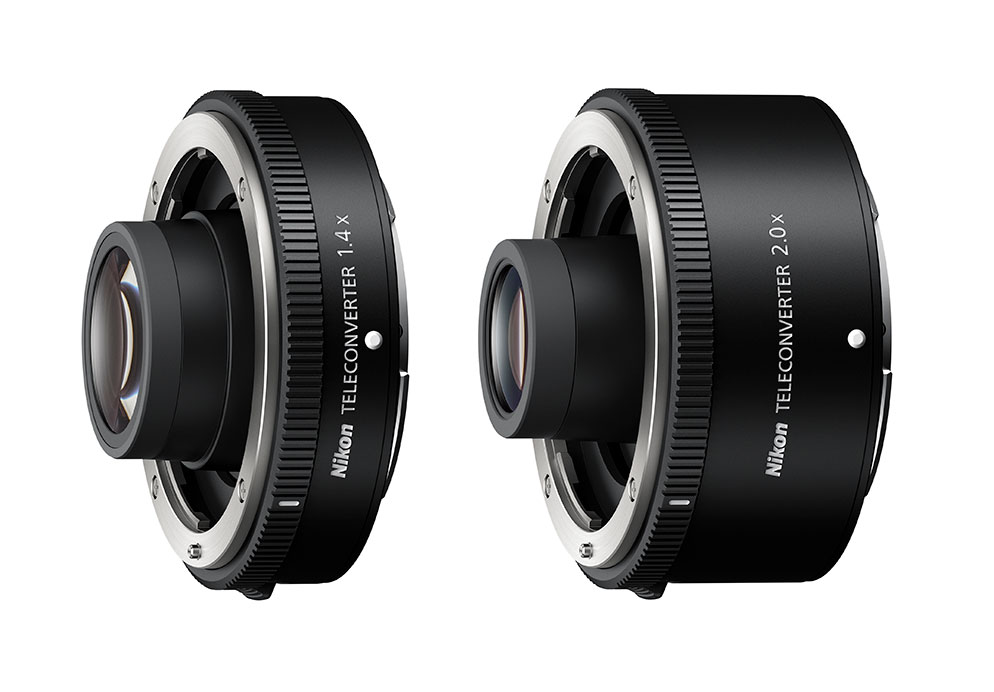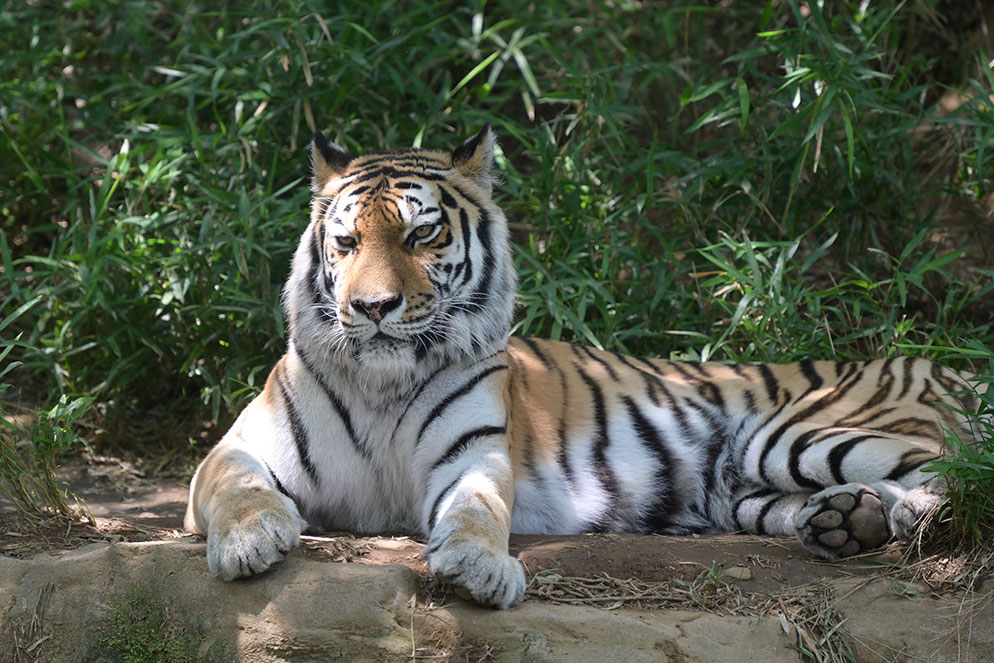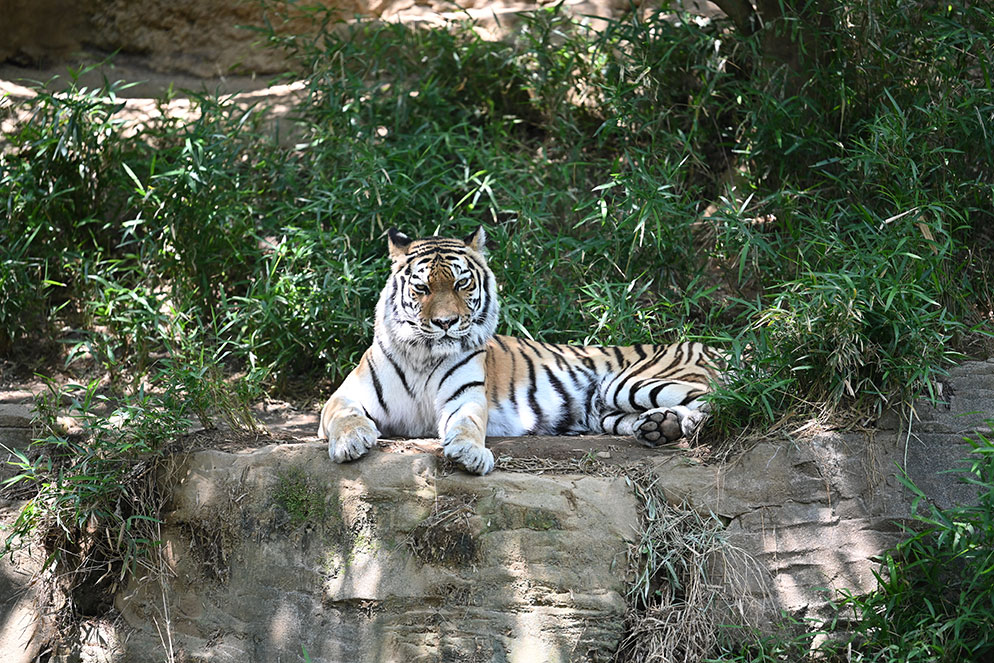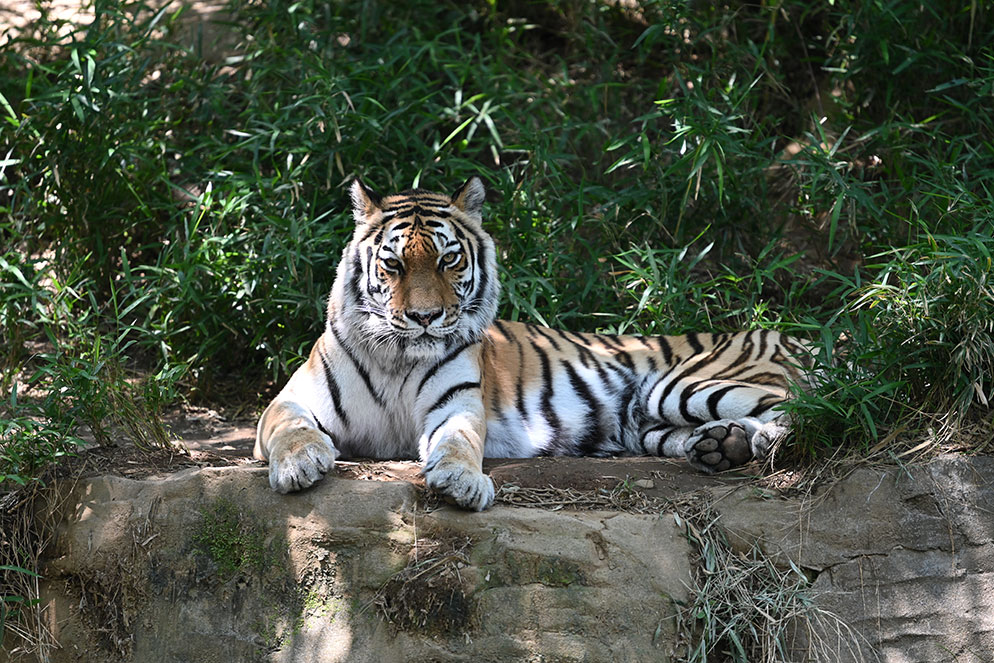Z series Teleconverters Add More Reach
Parrot. Photographed with the NIKKOR Z 70-200mm f/2.8 VR S lens and Z TELECONVERTER TC-2.0x
Updated June 2023
What is a teleconverter?
A teleconverter allows you to increase the apparent focal length of a lens, giving you a greater telephoto effect than a lens alone.
It's basically a magnifying lens that is placed between the camera body and primary lens. Teleconverters are favorite accessories of nature and wildlife photographers, because they allow them to extend the photographic reach beyond what might be safe when out around wildlife or in an unfamiliar location.
In general, wide-angle prime and zoom lenses are not compatible with teleconverters; which makes sense, since you’re using a teleconverter to increase your reach—and you’d likely start out with a longer focal length lens to begin with. Using a teleconverter is an affordable option when you want to increase your photographic reach without having to purchase new super-telephoto lenses.
(left to right) Z TELECONVERTER TC-1.4x and Z TELECONVERTER TC-2.0x
Nikon created 1.4x and 2x magnification teleconverters—the Z Teleconverter TC-1.4x and Z Teleconverter TC-2.0x respectively—specifically designed to be used with the NIKKOR Z lenses.
These NIKKOR Z teleconverters are compatible with all Nikon Z series cameras, both full frame/FX format and APS-C size/DX format camera bodies. A number of NIKKOR Z telephoto and supertelephoto lenses—both primes and zooms are now compatible with the two Z series teleconverters.
Flower. Photographed with the NIKKOR Z 70-200mm f/2.8 VR S lens and Z TELECONVERTER TC-2.0x
Should I use a teleconverter?
There are benefits and considerations to using a teleconverter, so you need to decide if using one is right for the type of photography you’re planning to do.
Benefits include their cost effectiveness and small physical size. Some things to consider include a loss of light or lens speed and possible decrease in sharpness. Also, not every Z NIKKOR lens is compatible with the teleconverters. To see if your NIKKOR Z telephoto lens is compatible with the teleconverters, check the lens' manual.
The Z Teleconverter TC-2.0x enhances these effects by reducing the depth of field by 50% and the Z Teleconverter TC-1.4x enhances these effects by reducing the depth of field by 30% adding to the bokeh effect in the images you capture. With the Z Teleconverter TC-1.4x you lose 1 f/stop of light, with the Z Teleconverter TC-2.0x you lose 2 f/stops of light.
Optimized for the compact mirrorless Z system, these teleconverters retain 100% of the camera's native pixel count, AF and VR functionality as well as maintaining the minimum focusing distances. And you can focus using every AF point that your Z series camera body offers, all the way down to f/11 which is unprecedented for teleconverters.











